Today’s plan, as it was for the next couple of days, was to look for some of the scarcer Bulgarian butterflies in the far south-east of the country. It’s lucky we had scheduled so many days in the area, as the forecast was for a substantial amount of rain, including this morning, which was a complete washout.
Fortunately the rain abated by 12:30pm, and we were able to head out and start searching. It remained mostly overcast throughout the rest of the day, but warm enough to see a decent selection of species. Our first site of the morning was a location near Alepu Marshes, by the coast, where we hoped to find Freyer’s Fritillary, which would be a new species for us. We were unsuccessful, but were repeatedly taunted by the very similar Glanville Fritillary. Instead the highlights were a Grecian Copper, which I again failed to get particularly good photos of, 15+ Sloe Hairstreak, probably the highest density of this species we’d seen, a Grizzled Skipper, 2 Great Banded Grayling and 5 Lattice Brown. We also recorded a few moths: numerous Loxostege sticticalis (Diamond-spot Pearl), Six-spot Burnet, an Elephant Hawk-moth, Euplocamus ophisa, a Scarlet Tiger , a Geometrician, and the best of the bunch for me, the tiny Erebid Dysauxes famula. I also photographed a Small Redeye and a female Ruddy Darter.
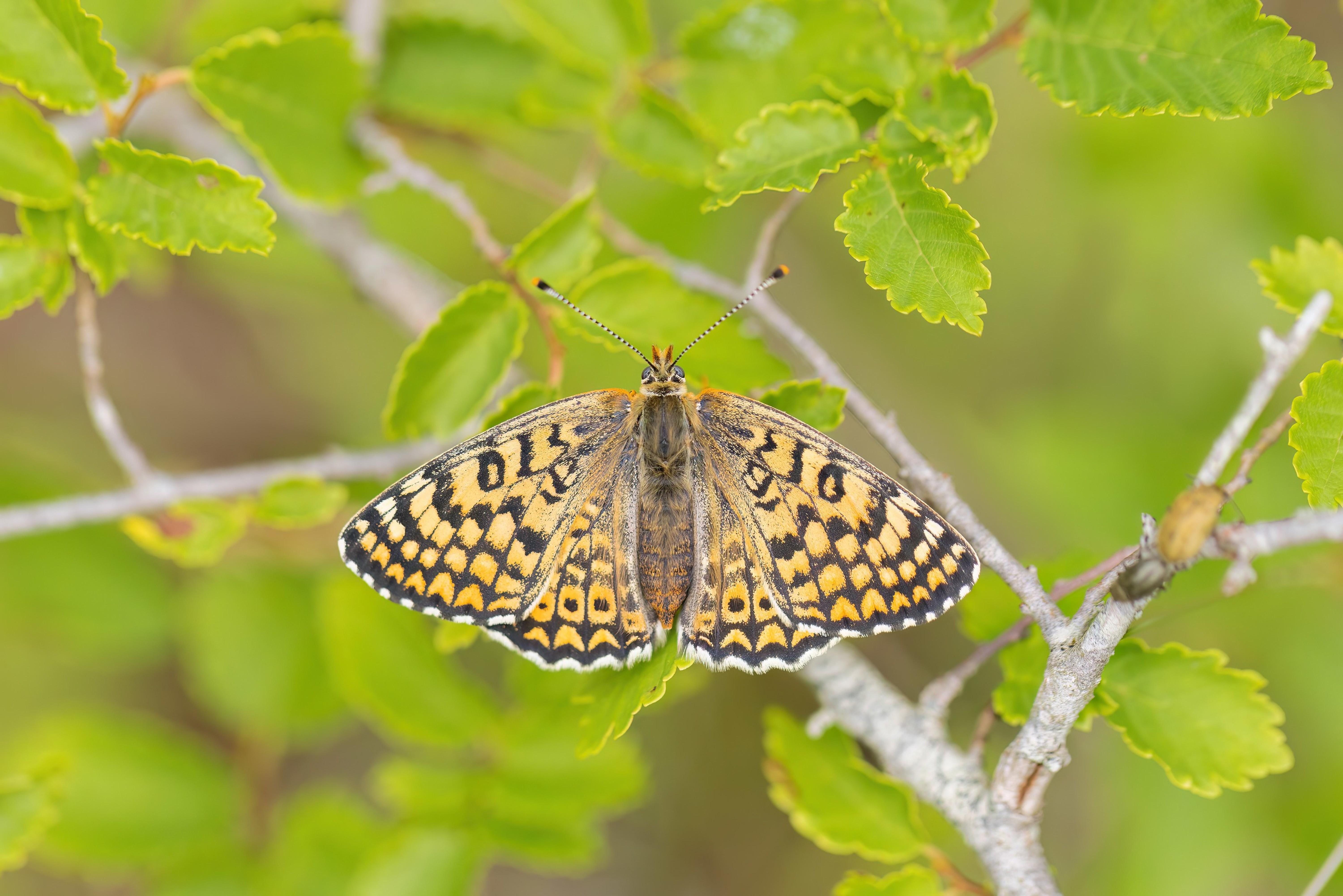
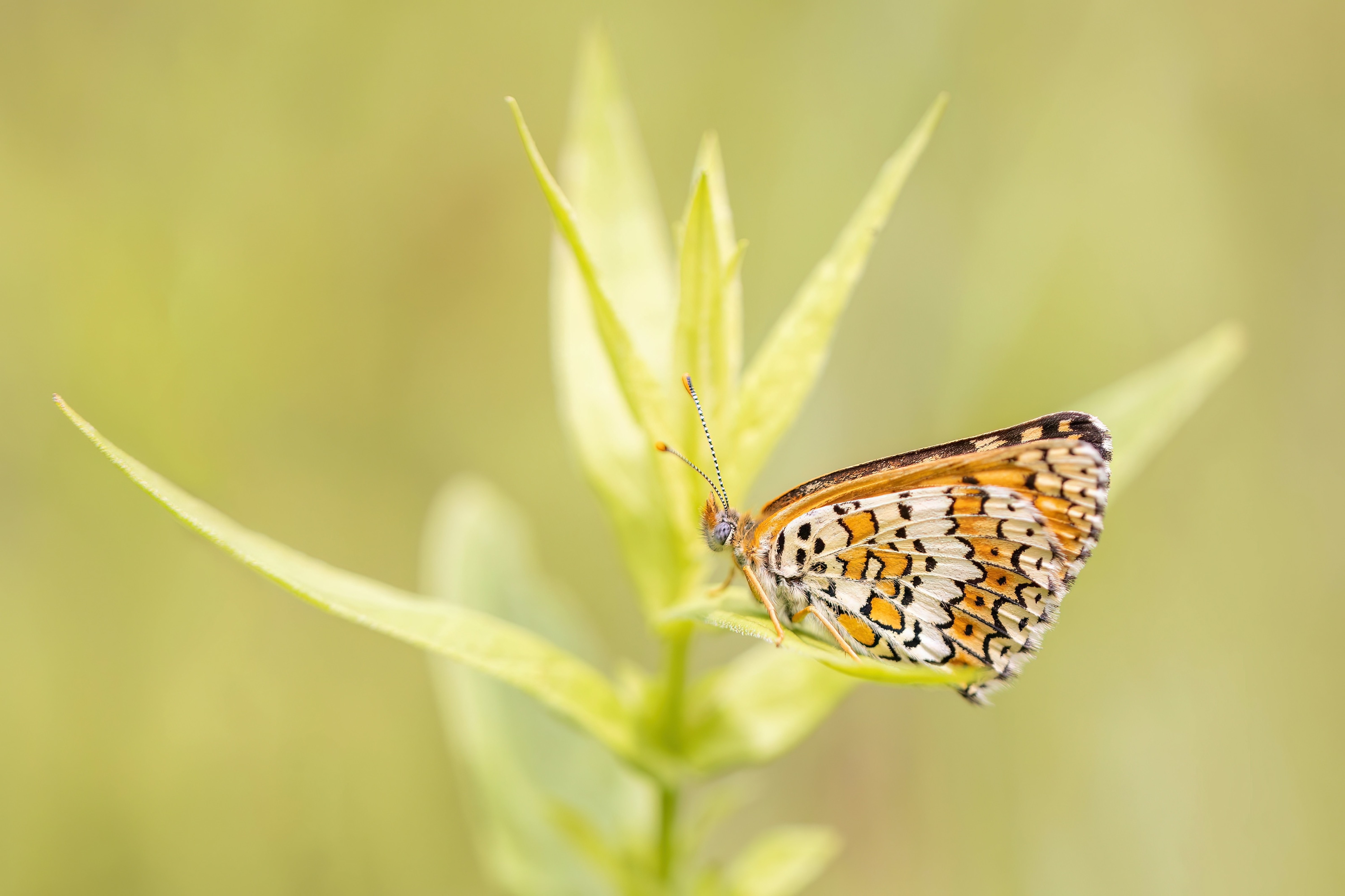
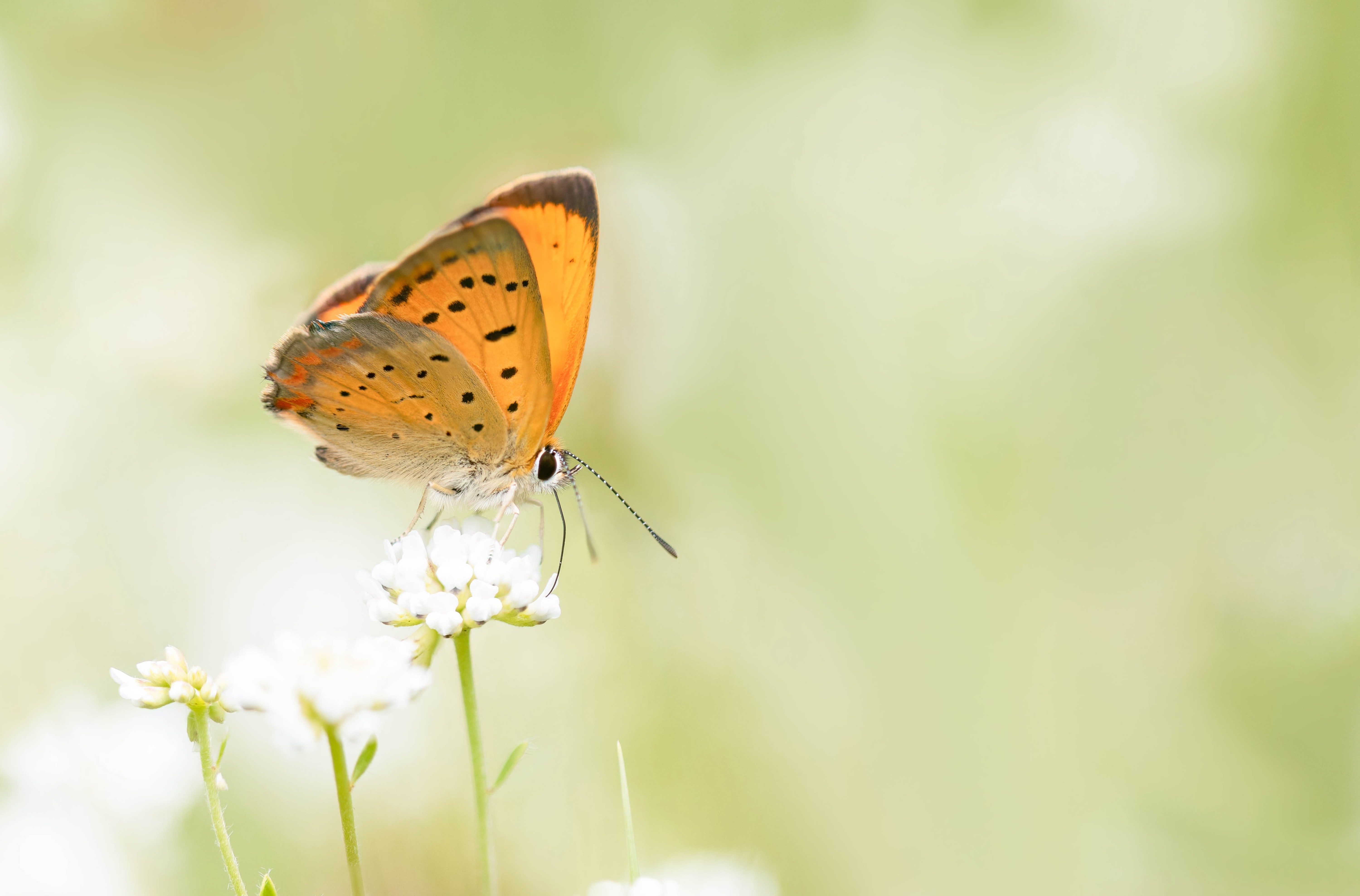
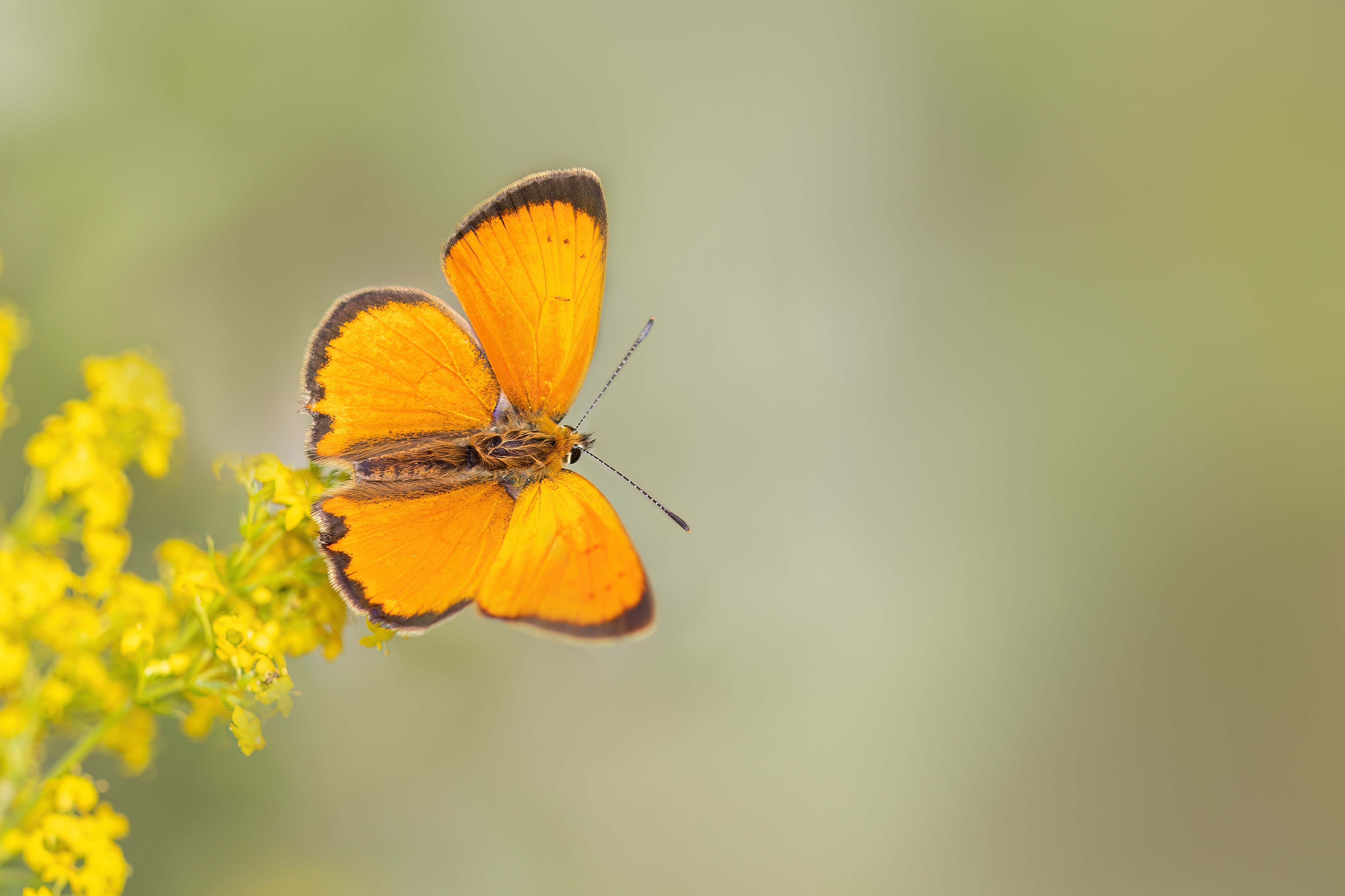
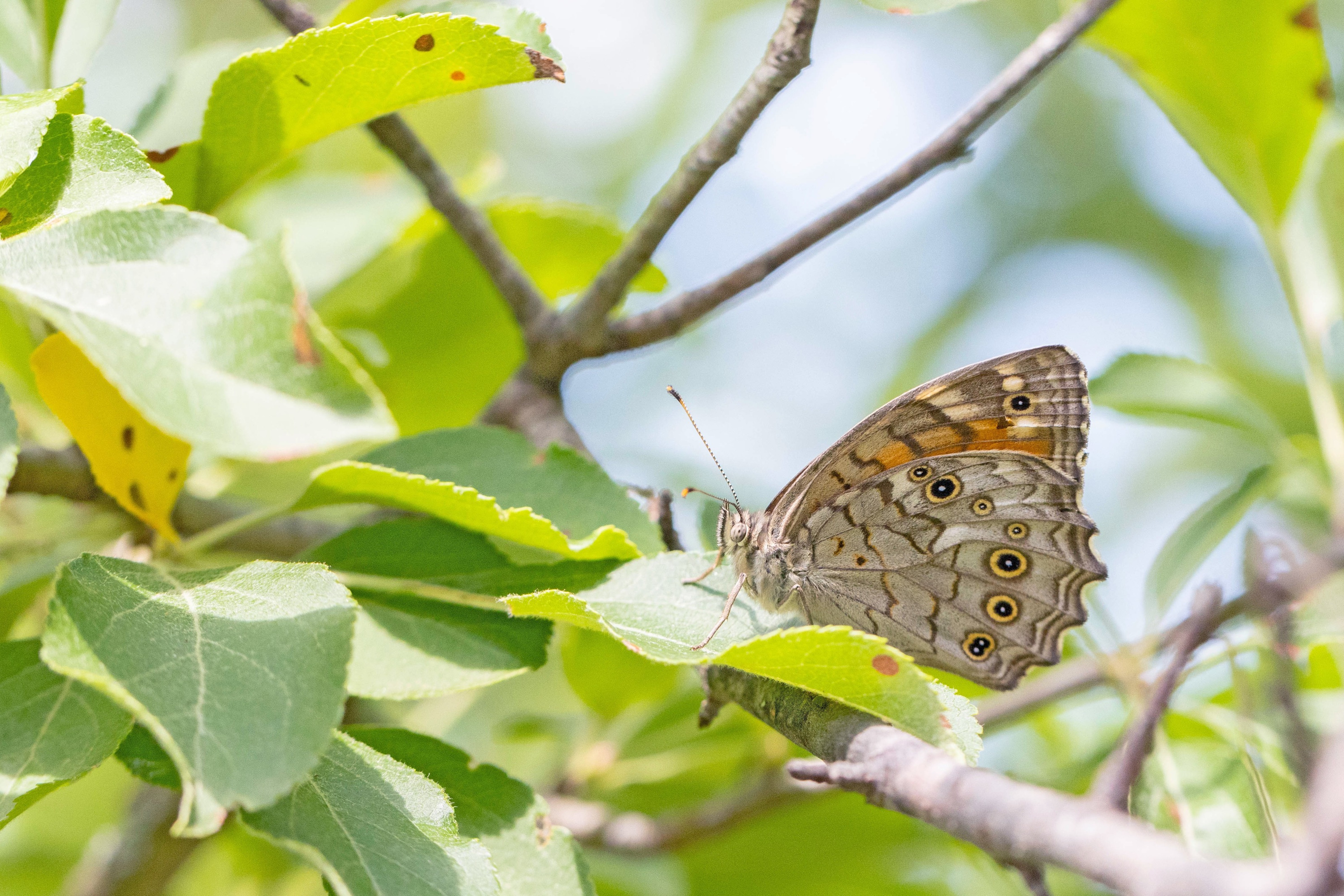
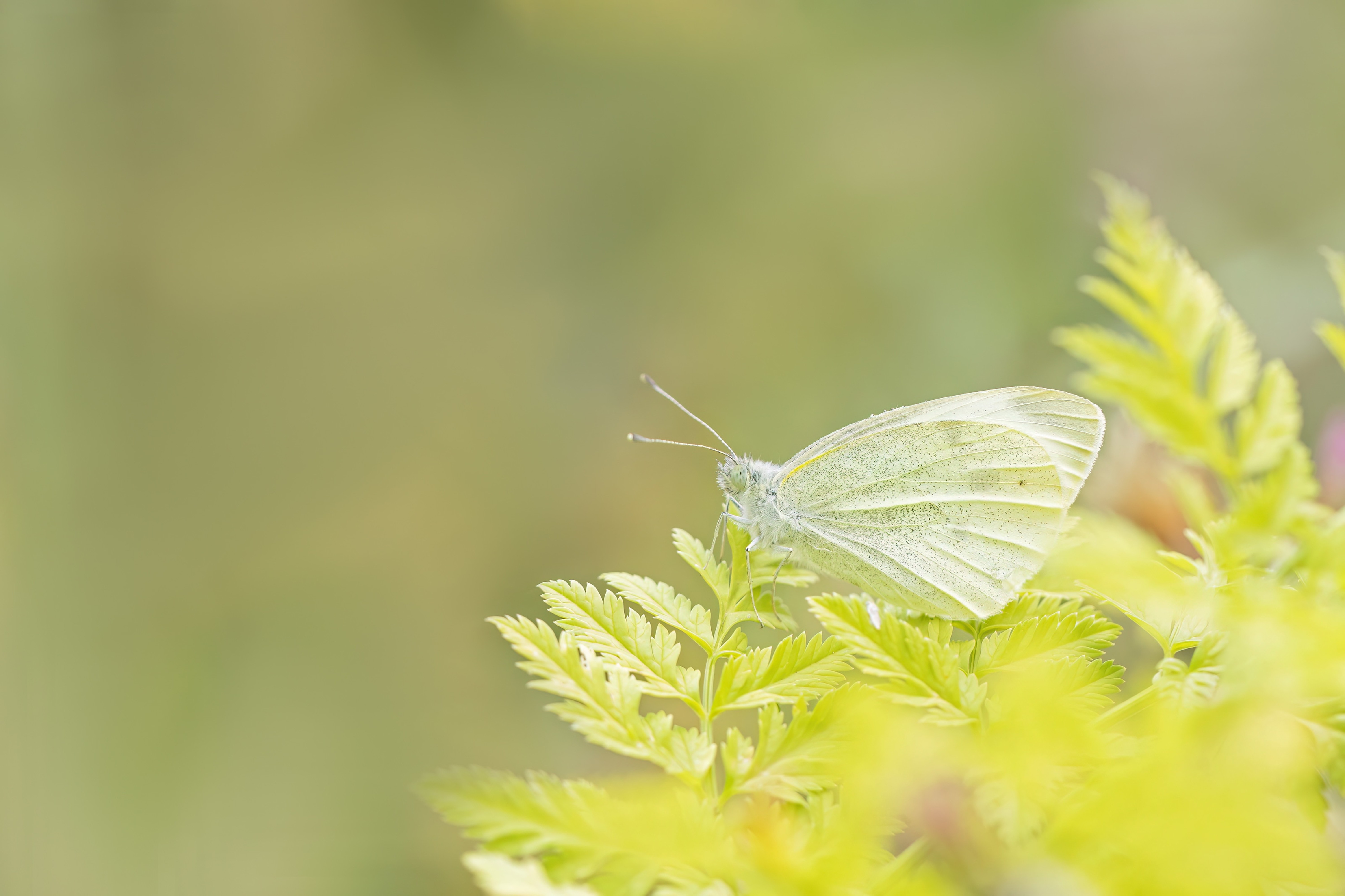
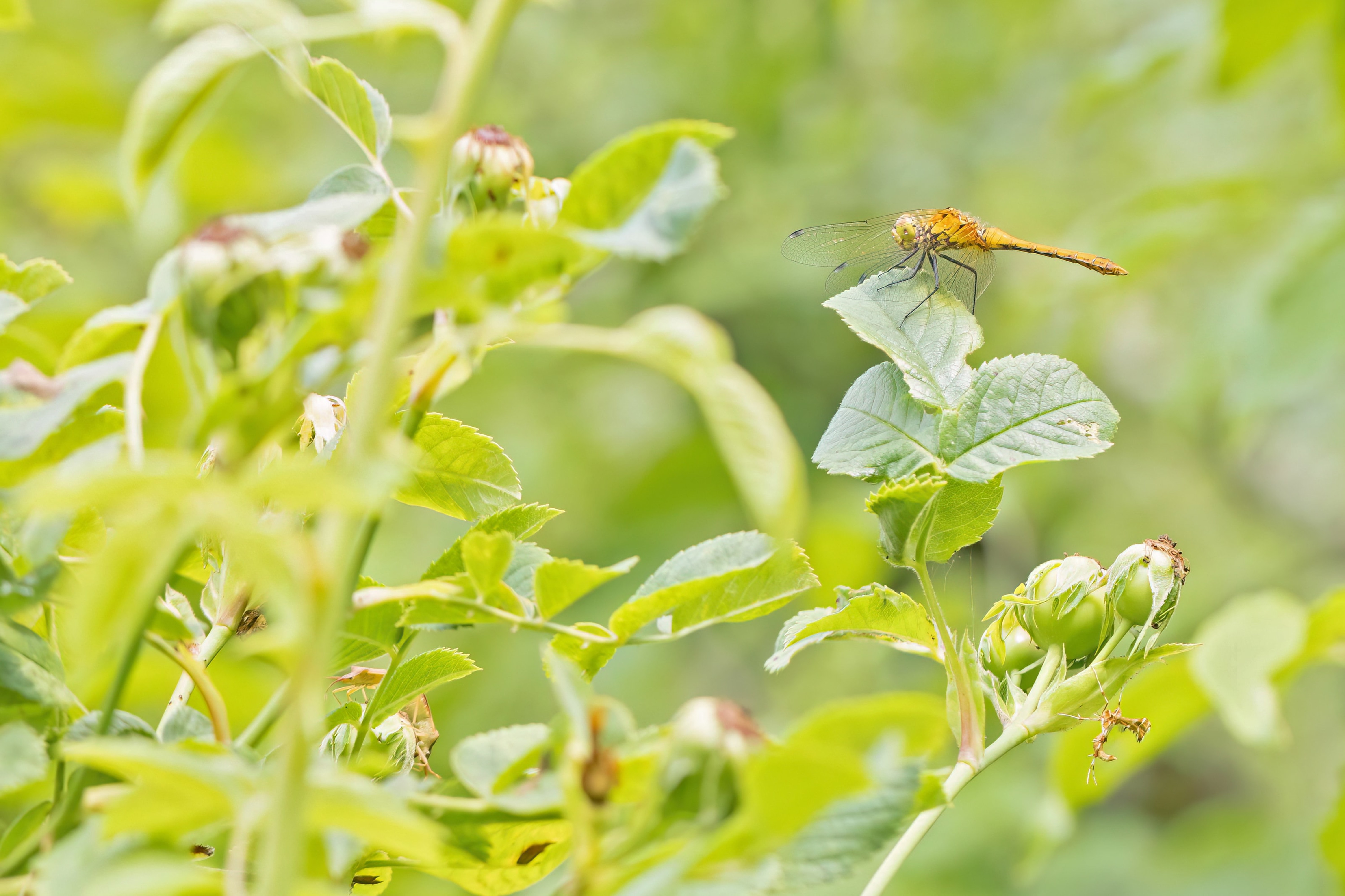
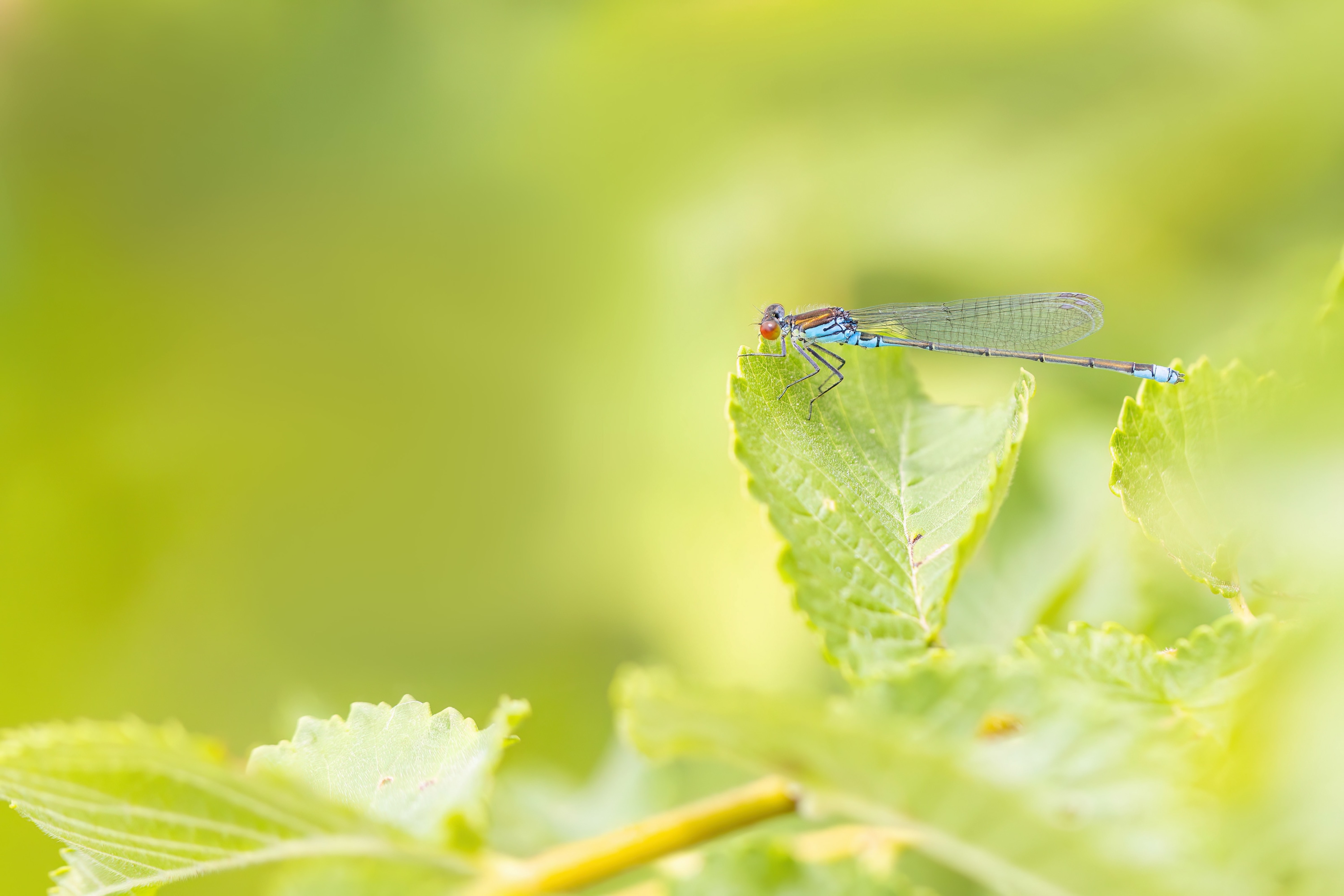
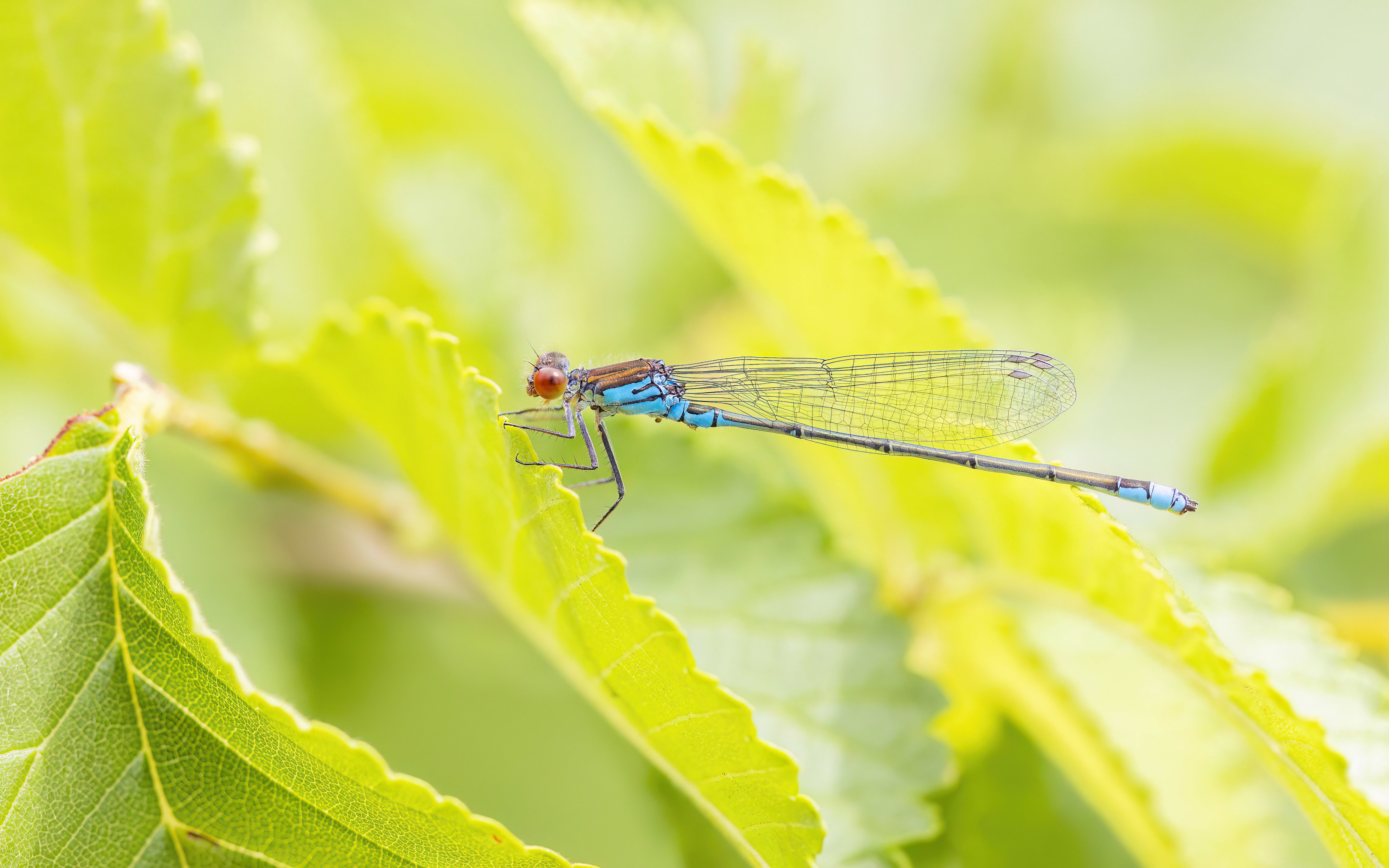
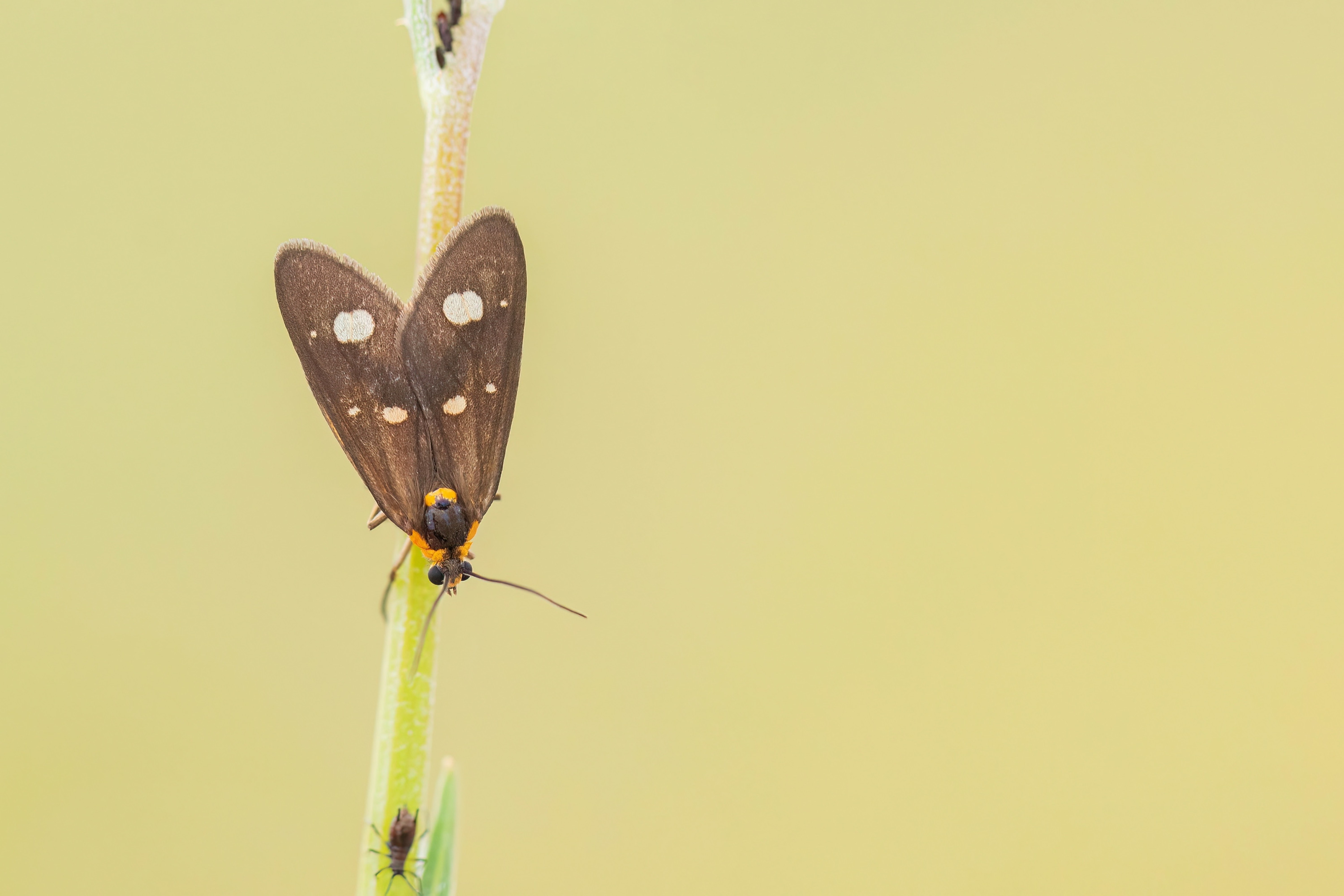

We remained at Alepu until 3:30pm, and then drove for a couple of hours into the Strandzha mountains. We had a few sites we wanted to check out over the next days, looking for two very rare butterflies in Bulgaria — Assmann’s Fritillary, and one of my most wanted butterflies in all of Europe: Large Chequered Skipper. We visited three sites this evening, all random meadows by the side of the road. Our efforts were mainly focused at the first, and by the time we’d moved on it was late and most butterflies had started to roost, so we saw very little. This first site was a strip of forest that had been opened for the construction of electricity pylons. Amongst a small selection of species we recorded an Essex Skipper, Silver-studded Blues, 2 Mazarine Blue, a Queen of Spain Fritillary, Spotted Fritillary and 10+ Sloe Hairstreak. We also found another Meadow Lizard, and a Spur-thighed Tortoise.
The were also a handful of ‘Heath-type’ Fritillaries; we made sure to photograph as many as possible to check later for Assmann’s Fritillary. As it was a new species for us, and very similar to Heath and Nickerl’s Firitillary, we weren’t confident enough to identifiy any there and then. However, one caught our eye as looking particularly good, and upon consulting Bulgaria butterfly expert Zdravko Kolev, we got the confirmation we were looking for — our first Asssmann’s Fritillary. The most notable difference with this individual at least was the upperside, which has a different feel to it that Heath Fritillary. Sadly it was one of fritillaries I photographed least well, although I’m quite pleased with the upperside shot.


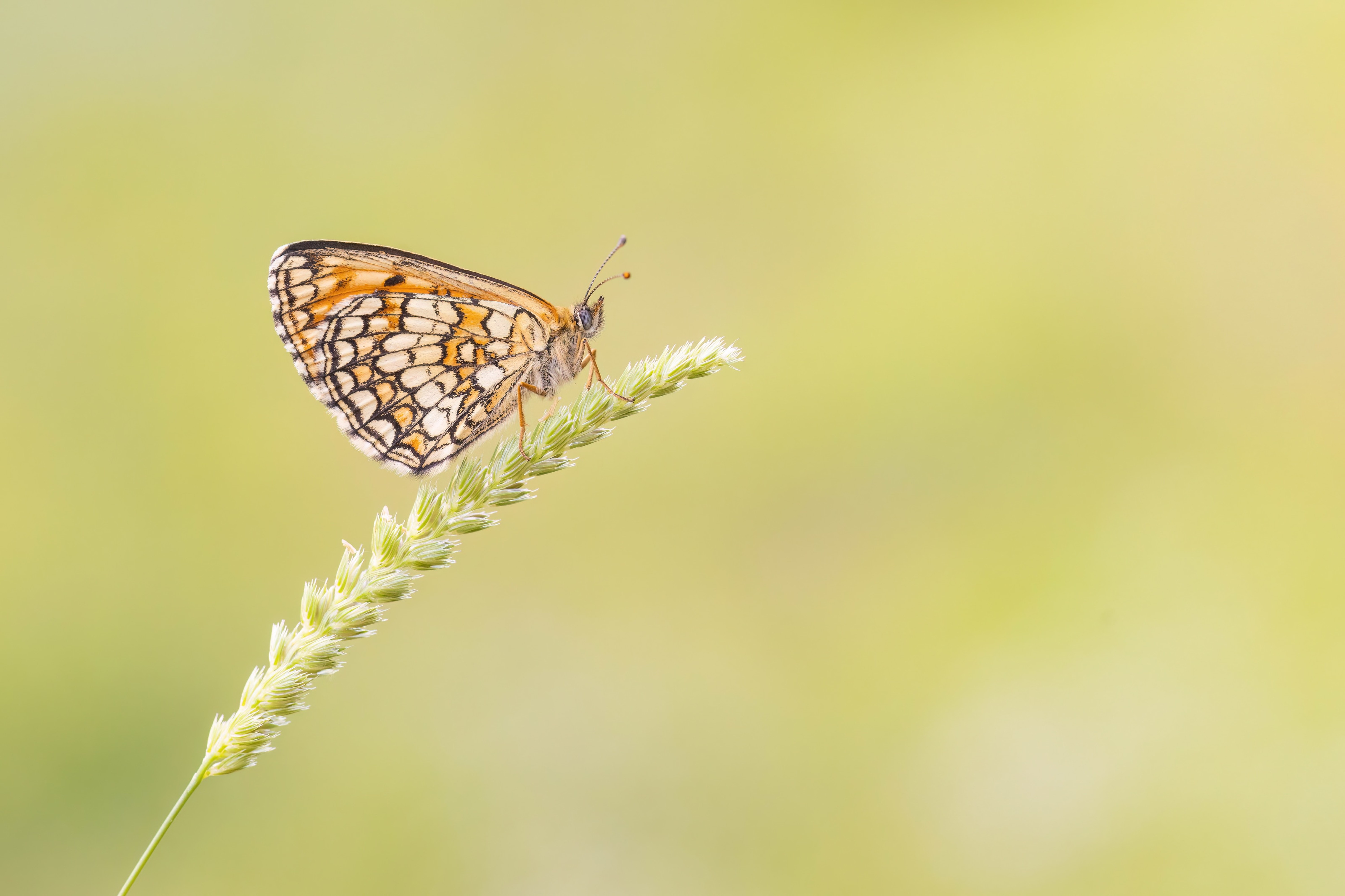
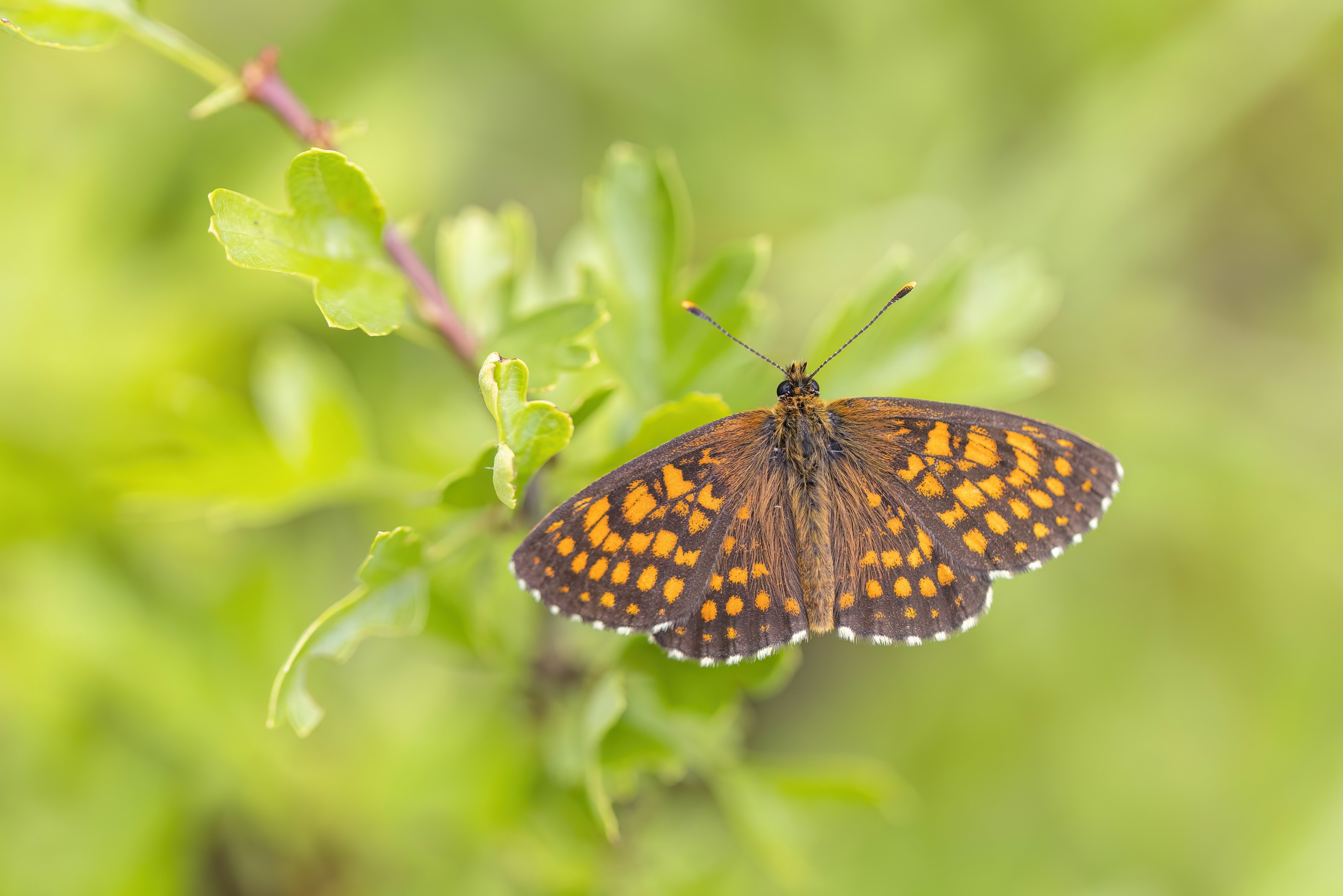

The fritillary was of interest but the big prize here was Large Chequered Skipper, one of the most unique butterflies in Europe. After over an hour searching in what is not a particularly big site, we began to feel a bit disheartened, until suddenly one bobbed by. I say bobbed because that’s exactly what it did — this species has an incredibly distinct flight, best described as if someone was bouncing it up and down on a piece of invisible string. Sadly it zipped by and we lost sight of it before we saw it land. We searched a while longer but never refound it, or another, so we left with a bit of a bittersweet feeling. However, we still had time for a return visit in the next few days if the weather held…
We left this site at 5:40pm, and stopped briefly at a couple of other small meadows nearby that in theory hold the same species. By now it was far too late to expect to see much, but in any case neither site had such a good feel about it as the first. However, a couple of nice moths provided a good end to the day: my first ever Goat Moth, and a roosting Feathered Footman that allowed me to get some decent photos.



No comments yet — leave one below: